Did your enthusiasm for creating mini plant gardens around your home feel wasted because your small terrarium plants didn’t survive?
Don’t worry—perhaps, as a beginner, you weren’t fully aware of how to care for the tiny ecosystem.
Learn more about nurturing small terrarium plants effectively, and with time, you’ll improve.
We have compiled the possible causes that might have led to the failure of your first attempt at terrarium gardening so that next time, we know how to properly care for your open or closed terrarium garden.
Possible Reasons Behind a Failed Terrarium Gardening
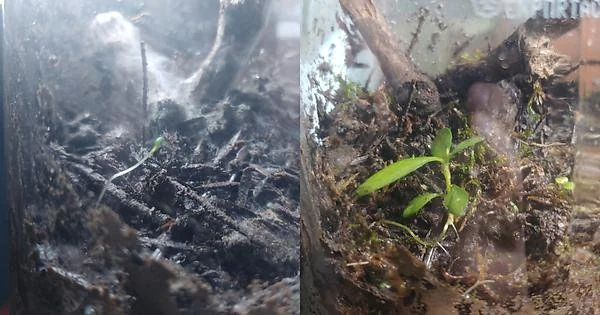
The terrarium garden will need some maintenance once in a while.
Here are some common mistakes that you might be making and tips on how to avoid them.
Cause 1: Overwatering
Overwatering can cause your terrariums to fail and your small plants to rot.
Terrariums lack drainage holes for excess water to flow out of the system, which leads to the rotting of leaves and roots and an inviting environment for molds.
Signs like brown roots and white leaves indicate you are overwatering your succulents or other plants.
If the leaves appear softer and lose firmness, this is another indicator of overwatering. So, stop right away if you are overwatering your plants and let them dry out.
Cause 2: Using the Wrong Containers
Before deciding to make a terrarium garden, ensure you have proper knowledge of your plants and their atmospheric requirements to distinguish between plants that go in sealed and unsealed terrariums.
Unable to distinguish this will lead to the terrarium’s failure.
Succulents, cacti, and air plants need heat, well-drained soil, proper ventilation, and low humidity levels, so they must be kept in open terrariums.
Sealed terrariums are only for mosses, ferns, orchids, and lichens. Tropical plants also do well in sealed terrariums.
Cause 3: Excessive Light
Most plants, especially the sealed terrarium plants, don’t require too much direct and bright light.
They can do with some amount of indirect sunlight, too.
Small plants in sealed terrariums fail if placed in direct sunlight for too long because the glass container can act as a magnifier, causing the sunlight to focus on the leaves and burn them.
Most plants are also inefficient at tolerating the heat of direct sunlight, as the enclosed container becomes steamy due to moisture inside, and we all know that steam contains more latent heat.
So, place sealed terrariums in moderate exposure and indirect sunlight for a few hours daily.
Also, remove the lid every week to allow the moisture out and to let the plants take in some fresh air.
Cause 4: Less Light
Excessive light can harm small plants, and too little light can also cause improper growth.
Now, what should we do if your apartment receives less light?
Add some grow lights or fluorescent bulbs if your plant receives insufficient indirect light regularly.
Cause 5: Proximity to Heating Sources
Heating isn’t good for your small terrarium plants.
So, if you have placed your cute little terrarium systems near radiators, room heaters, or heating vents, most small plants would not survive.
So, avoid placing the open or enclosed terrariums near heating sources at your home.
Cause 6: Dirty Container Glass
Once in a while, the glass could turn dirty and foggy.
If the terrarium glass isn’t clean, it will hinder light from reaching the plants, and consequently, your small terrarium plants won’t survive and sustain.
So, you have to clean the container with a damp, lint-free cloth or newsprint.
Do not use chemicals to clean the glass, as its traces will affect the ecosystem.
Cause 7: Use of Excessive Fertilizer
Fertilizing your plants is good occasionally, as it improves plant growth by supplying the required nutrients.
However, some plants will face survival issues if an excess of strong fertilizers is used because they may be adapted to growing in poor nutrient soil.
This is especially applicable to carnivorous plants.
Therefore, choose your fertilizers wisely.
Most terrarium plants don’t need excessive fertilizers.
Spray fertilizers rich in nitrogen and potassium are enough for air plants and can be used every two months.
In Conclusion
In general, sealed terrariums are low-maintenance ecosystems. But even then, they do require occasional maintenance.
One has to remember that these tiny home gardens are delicate setups that need to be dealt with carefully and gently to ensure their long-term sustenance and survival.
One cannot treat them like outdoor gardens, where one or two mistakes can be overlooked, as the outdoor environment is self-sustaining and can tolerate some misses occasionally.
So, hopefully, we have helped you understand how to care for your terrarium plants carefully so that they can survive and thrive.

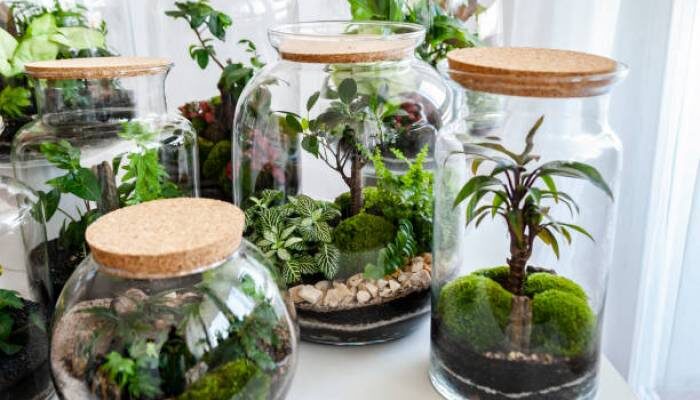

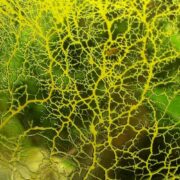
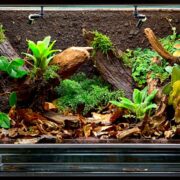
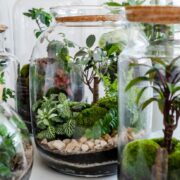
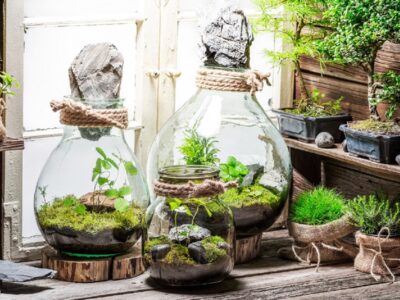
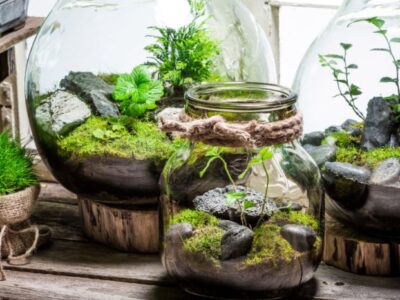
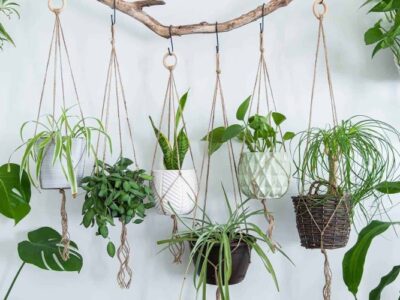
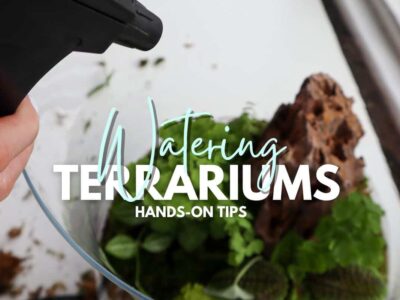
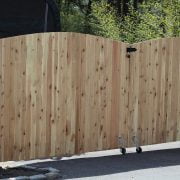
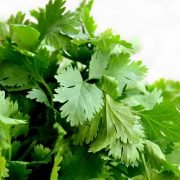
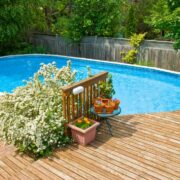
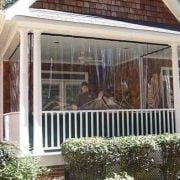
Comments